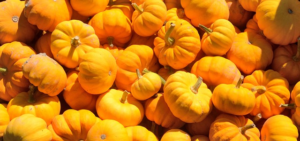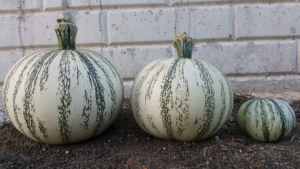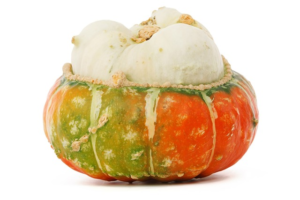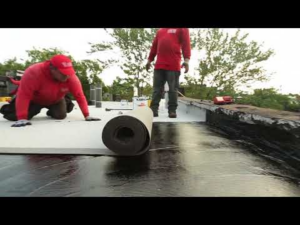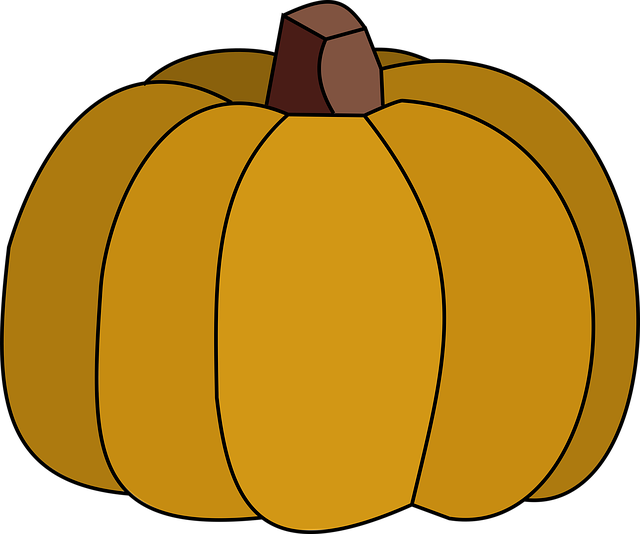
If I were a gambling woman, I’d wager a bit of dough that you’ll be eating a lot of winter squash in the foreseeable future. Eating acorns, butternuts, delicatas, hubbards, kabochas and spaghettis is a simple fact of life for a Maine locavore. It grows well in these climes, and it holds well in storage so it can be consumed between the fall and spring spinach crops.
But simple doesn’t have to mean boring. Maine seed suppliers like Johnny’s Selected Seeds and Fedco work to give farmers, and subsequently we eaters, many options. These options can carry cute names. They can sport spotted, lumpy or ridged skins. Their flesh can range from golden yellow to dusky orange. There are so many of them around that I feel the need – almost every fall – to write a column about their versatility and to point out different ways to work winter squash into a Maine diet.
I’ve tapped Butter Babies (a butternut variety) to add sweetness and depth to homemade pizzas, paired Honey Bears (an acorn variety) with sausage and local mushrooms in bread pudding, and pureed roasted Ballet Blues (a Hubbard variety) into cheesecake.
My 2021 Cucurbita trick is squash boats. Making them involves a sharp knife, a sheet pan and space in the oven on a Sunday afternoon to roast up all the squash too beautiful to leave behind at Saturday’s farmers market. Cooking up a couple varieties at the same time saves a bit of fossil fuel expenditure and gives me the latitude to use winter squash to anchor quick, healthy, locally packed weeknight meals.
A 1½- to 2-pound squash is about the right size for this cooking method, with each half accounting for one main course serving. I carefully cut each squash in half (lengthwise for all but spaghetti squash) and remove the seeds (saving those to roast). I rub the halves all over with olive oil and season them with salt and pepper. I place them face down on a lined baking sheet and slide them in the top rack of a 350 F degree oven. Cooking times vary according to the thickness of the flesh, ranging from 20-25 minutes for delicata squash boats to 50-60 for small pumpkins. You can tell the flesh is cooked when you can easily pierce the squash skin with the tip of a paring knife. Once cooked, squash boats are ready to use immediately or they can hold, covered, in the fridge for up to five days.
Prepare the squash “boats” as many as five days ahead. Come dinner …….
Source: https://www.pressherald.com/2021/10/10/stuffed-squash-boats-are-versatile-and-easy-to-prep-ahead/
